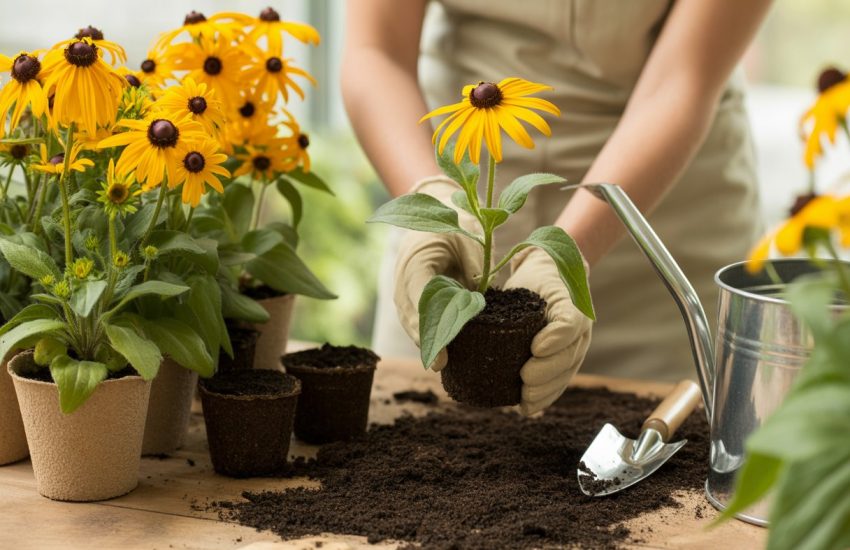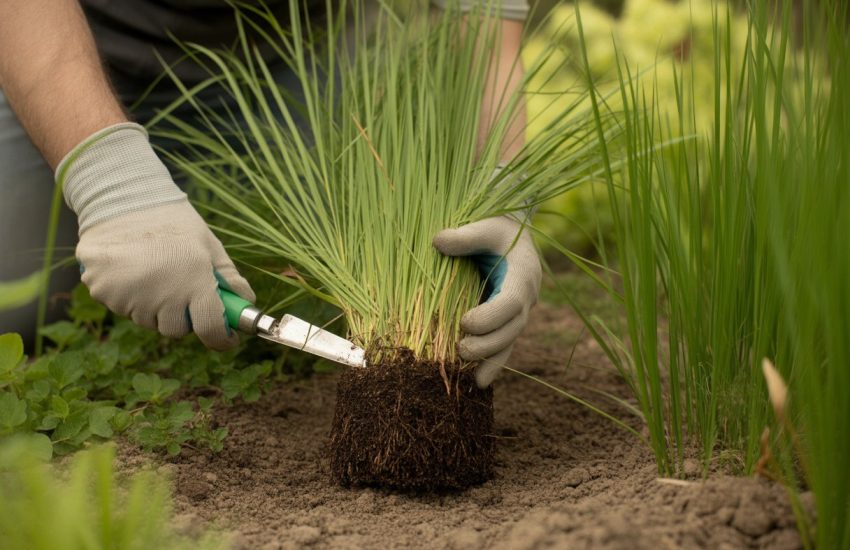How to Choose the Right Seed for Shrubs and Trees
Besides the fact that gardening or farming enthusiasts prefer growing from seed as the infancy of their plants is the best and most convenient method, there are some considerations about choosing the right seed for shrubs and trees.
In this context, there are cases where the availability of suitable seeds is questionable under certain circumstances. For example, the grower should know whether this seed can be planted directly into the soil and what to pay attention to if it is to be planted.
Along with these, it is also rather unclear how seeds and plants are handled under the term gender, a tricky question that has been swirling in the minds of many plant enthusiasts for a long time. On the other hand, for example, the longevity of seeds depends on what conditions and tests we can do to see if they are out of date.
After all these explanations, the problem of seed germination, the most fearful dream of seed growers, continues. Therefore, eliminating some fundamental issues predisposing to this problem is critical for growers. In addition, several preparations are required to ensure much more efficient results before planting the seeds.
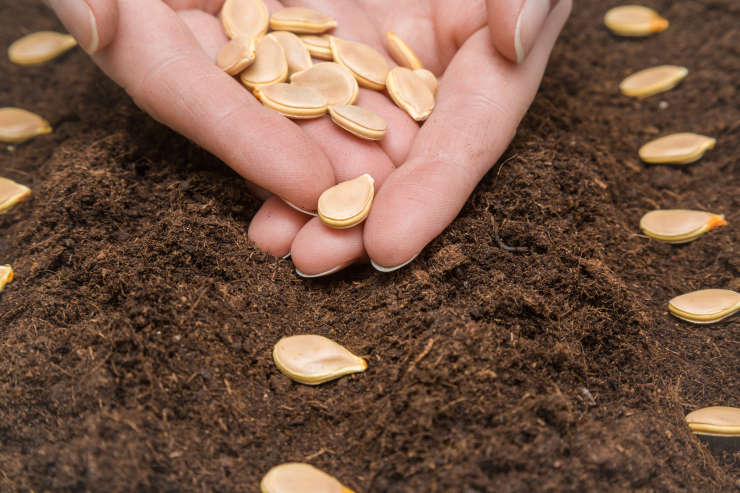
Can You Put Seed Straight into Soil?
In the framework of choosing the right seed for shrubs and trees, whether it is possible to directly plant selected seeds of many tree and shrub species grown by sprinkling their seeds in large areas creates a question mark in the minds of growers.
Yes, you can. This process, also known as direct sowing, is one of the planting techniques frequently used by growers who cultivate outdoors. In addition to being very simple in operation, it is a method giving excellent and efficient results when maintenance is adequately provided. Apart from this, direct sowing can be easily applied to many plant species, from vegetables to fruits and shrubs to trees.
What to Consider While Putting Seed Straight into Soil?
In the direct sowing process, the soil that will be the seed’s nest must first undergo good preparation. In this context, we should wait for the soil to warm up before direct sowing. Noting this, many seeds, including trees and shrubs, cannot survive in cold soil as they cannot yield beneficial results. That is to say; the soil must reach sufficient heat. This way, the seed germination in direct sowing will be guaranteed.
Supportively, the soil that has reached sufficient heat should be softened and dispersed for the seed nest by hand, if possible, or with a shovel or hoe. Removing stones, thorns, litter, or weeds that may pose a danger and inhibit growth in the soil or around the seed sprout is necessary. Eventually, when you are sure that the soil is ready after the seed is placed in the soil well, the grower should over it well and ensure that the seed’s requirements are met.
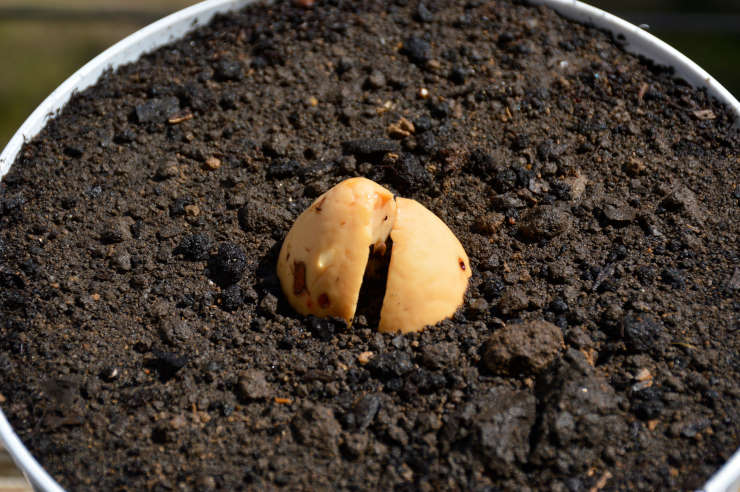
Can You Tell If Seeds Are Male or Female?
Unlike animal and human species, it is not possible to tell the gender of any seed since plants reproduce without mating, that is, through pollen, and they do not have chromosomes such as X and Y chromosomes in their genetics— yet the cannabis plant is an exception. Therefore, keeping to the subject makes it much more impossible to distinguish whether a plant is male or female, especially from the seed form.
Gender Reveal of Your Tree
However, some factors determine whether your tree is male or female when it is an adult, if not in seed form. In this context, you can benefit from the ovaries of your tree while understanding that it is male and female.
For example, female flowers have ovaries enabling fruiting, while male flowers carry pollen used in reproduction with female flowers. Of course, this situation proves a hermaphrodite condition in some trees because some trees have both male and female flowers. In addition, some trees do not have either male or female flowers.
Specifically, as another example, some trees do not have flowers of both sexes at the same time as they have either male or female flowers. Such trees are called dioecious trees. On the other hand, unlike such trees, trees carrying flowers of both sexes are called monoecious trees. The female flowers of this type of tree bear fruit with the male flowers’ pollen.
Another way to tell the gender of a tree is pollen allergy—a nuisance for many in the spring. Considering that only male flowers contain pollen, it would be easier to say that the tree with the pollen allergy problem is male.
So, it is almost impossible to determine whether a plant is male or female, especially when it is a seed, because plants reproduce by pollen, not by fertilization with chromosomes.
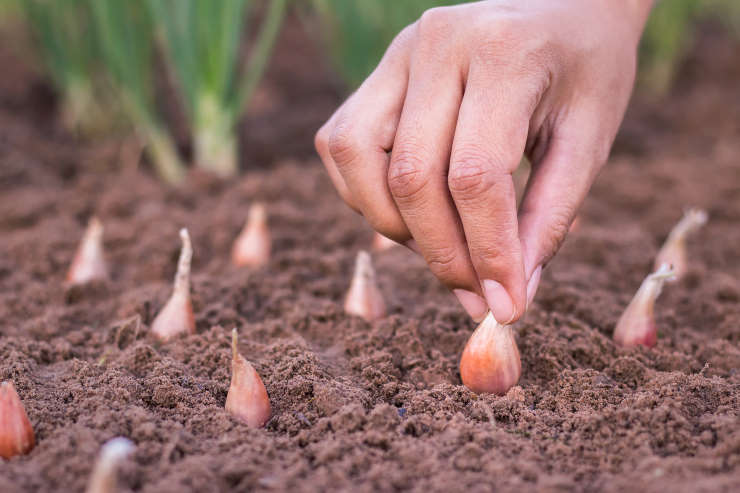
Do Seeds Expire?
When it comes to how to choose the right seed for shrubs and trees, one of the most essential and common questions that comes to mind is whether the seeds expire or not. Depending on the environmental and climatic as well as the annual production conditions, the life of the seeds is based on a certain limit, like many other things.
So ever, yes, they expire. So then, can expired seeds be used for production? Again, the answer is yes; they can produce as healthy and productive plants as their younger counterparts with good care. So what should be taken into account in this framework?
How to Understand the Seed’s Expiration Date?
First, you should select the 10 best-looking seeds by visual inspection and then place them on a paper towel. Likewise, it would help if you were careful about the seeds in the towel being thoroughly moistened by spraying water from the bottle. Then it would help if you lay the seeds separately on a paper towel to ensure they are separated.
In the second step, it should be ensured that the seeds are placed in a plastic bag that can be locked so that it is tightly closed and gets enough air so that their moisture is preserved in the environment they are stored in. Moreover, the condition of each and the variety of seeds in the temporary seed nest placed in a warm and sunny spot should be monitored regularly.
As the last step of this process, you should check whether the seeds, which are kept in a humid environment for a while, are green or not. This way, you can easily understand whether the seed expired. And now your seeds in the package are ready for planting!
What Causes Seeds Not to Germinate?
It can be one of the biggest disappointments that can happen to them when the growers wait patiently for days or even months and result in the seed not germinating from the very beginning, for which they want to get paid for all their efforts. So what causes this disappointment?

Poor Soil
The fact that the soil—the natural parent and home of the seed from the very beginning, is not in good condition and is not qualified to meet the needs of the seed is unfortunately among the main reasons for not germinating.
Factors such as dryness, stony ratio, and soil type, which may vary depending on the seed type, are essential in the preparation and blending of the soil, as well as additional supplements such as compost and fertilizer to both the soil and the plant so that the plant can germinate in its healthiest form.
The Seed Itself
This problem may also be caused by a situation primarily related to the seed itself. For example, as mentioned above, seeds that are not stored and protected under good conditions cause results such as non-germinated plants and cannot provide productive products to the grower.
The Amount of Water
Another essential reason playing a significant role in the seed’s failure to germinate is your irrigation rate and pattern. While too much of everything is harmful, not providing your plant with sufficient water supply causes it not to grow the seed healthily.
Insufficient or Too Much Sunlight
Sunlight—one of the primary life sources of every living thing, is the closest friend of plants, but if they overestimate the time they spend with it, they are the ones who suffer. If your seed has been exposed to insufficient or too much sunlight, it will most likely not germinate. On the other hand, a seed that has received sufficient heat and light will germinate.
How Do You Prepare Seeds for Planting?
After handling the question of how to choose the right seed for shrubs and trees, we need to mention what kind of preparations we should make for planting the seeds.
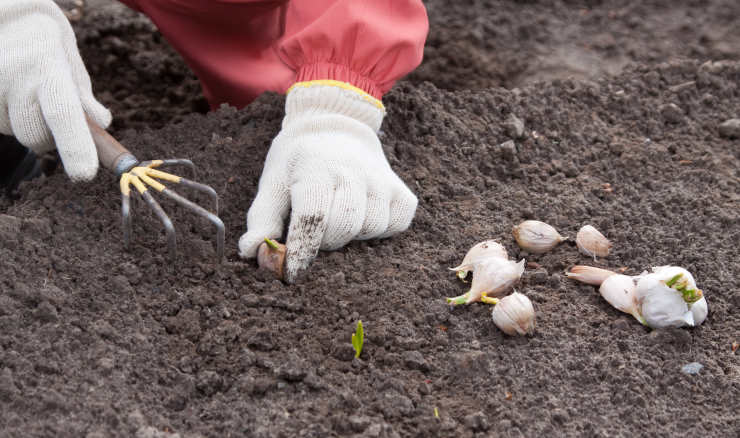
What to Do with the Seeds
After considering the climate and weather conditions, as well as the soil cover in which the seed will grow, it is necessary to select the seed that is suitable and adaptable to these conditions.
These seeds can be purchased as ready-made packs, or they can be supplied as fruit seeds or fresh seeds obtained from dried flowers. However, it should not be forgotten that the excess seeds obtained should be stored in a dry and dark place mentioned above to ensure their longevity.
It is an excellent trick to clean the seeds for much more efficient and healthy results. After a waiting period of 12 hours in the water, it will be much more possible to distinguish the seeds that cannot germinate among the cleaned seeds. Once dried in this way, your grounded seeds will be ready to be planted!
What to Do with the Pre-Sowing
In addition to the preparation of the seeds, a pre-sowing preparation should be made about the location where they will be placed.
After selecting well-blended and suitable soil for seed, certain conditions have to be met depending on whether to plant the seed indoors or outdoors. For example, where the seed to be grown indoors receives sunlight will be essential.
After the location and soil preparation, a moist nest should be prepared for the seed. Finally, determining the intervals according to the type and determining these intervals in the soil before planting the seeds are among the preparations that should be made before sowing.
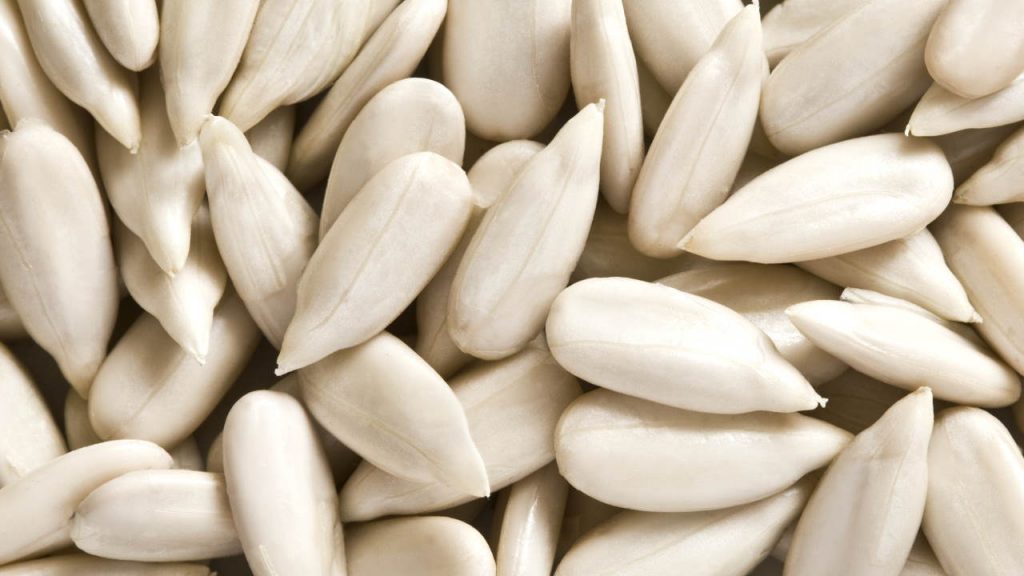
Conclusion
Eventually, there are a few factors to consider when selecting the best seed for shrubs and trees, aside from the fact that gardeners and farmers generally find starting their plants from seed the most effective and practical technique. Therefore, there are instances where adequate seed supply is in doubt due to certain factors.
A complex topic that has been circling within thoughts of several plant lovers for a very long time is how seeds and seedlings are treated when the term gender is used. Plus, the grower should know how to understand whether a seed package is outdated. Besides, the issue with seed germination remains the seed farmers’ worst nightmare. Therefore, for the grower, it is a must to solve this problem starting from its root reasons.
Considering all these, we should know that the seed will not sprout in cases such as excessive water or exposure to excessive sunlight. It is also necessary to pay attention to the fact that the seeds should be stored in a dry and cool place to preserve their extra life. Also, before planting the seeds, further preparations must be made to guarantee more effective results.
You may also be interested in:
How to Grow a Banana Tree from Seed

